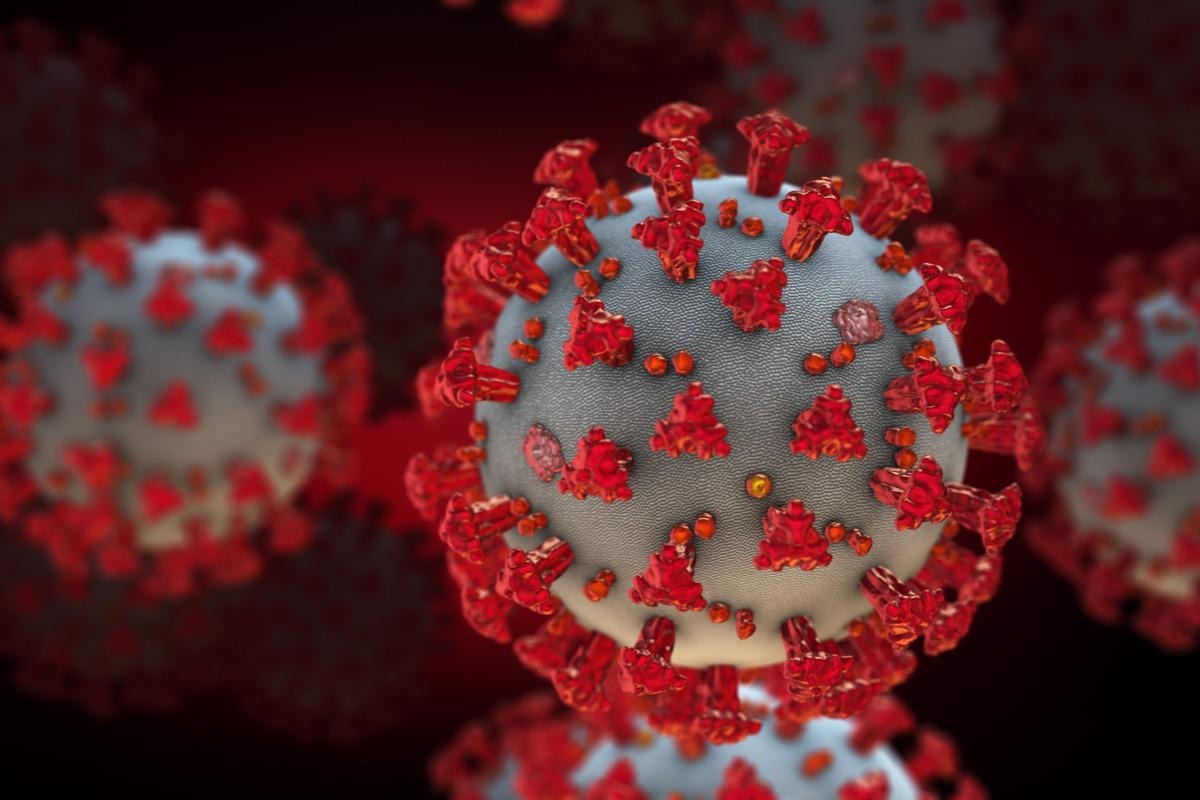In a recent study published in The New England Journal of Medicine, researchers assessed the characteristics of natural and hybrid immunity to severe acute respiratory syndrome coronavirus 2 (SARS-CoV-2) infections.
 Study: Protection and Waning of Natural and Hybrid Immunity to SARS-CoV-2. Image Credit: Cinefootage Visuals/Shutterstock
Study: Protection and Waning of Natural and Hybrid Immunity to SARS-CoV-2. Image Credit: Cinefootage Visuals/Shutterstock
Coronavirus disease 2019 (COVID-19) infections have been known to induce natural immunity against reinfection. Various studies have reported the waning of vaccine-elicited immunity against SARS-CoV-2. However, more research is needed to understand the multiple characteristics of natural and hybrid immunity.
About the Study
In the present study, researchers evaluated the number of confirmed SARS-CoV-2 infections among cohorts comprising previously SARS-CoV-2-infected and unvaccinated persons, BNT162b2-vaccinated persons with a history of infection, and vaccinated individuals with no history of COVID-19.
The team collected information from the national database of the Israeli Ministry of Health for the duration of the study between 1 August 2021 and 30 September 2021. The database included demographic data such as age, gender, area of residence, and population sector associated with Israeli residents who were vaccinated with a COVID-19 vaccine, had previously tested for COVID-19, or had a history of COVID-19 infection. The data obtained was used to study the confirmed SARS-CoV-2 infections among individuals aged 16 years and above who were SARS-CoV-2 positive before 1 July 2021 or vaccinated with a minimum of two doses of the BNT162b2 vaccine at least seven days before the study period ended.
The team defined reinfection with SARS-CoV-2 as a positive polymerase chain reaction (PCR) test in persons who had previously tested SARS-CoV-2 positive 90 days before the study. Severe COVID-19 was characterized by a resting respiratory rate of over 30 breaths per minute with oxygen saturation at less than 94%.
The team compared the number of confirmed COVID-19 infections that were incident over the study duration among patient groups classified as per their history of immunity-conferring events. The recovered and unvaccinated group comprised individuals who had a history of confirmed COVID-19 infection 90 days or more prior to the study.
The team also included two hybrid cohorts, including groups of participants having both natural immunity as well as vaccine-induced immunity, one cohort of COVID-19-recovered persons vaccinated with only one vaccine dose after a SARS-CoV-2 infection 90 days prior to the study. Another cohort comprised persons with no history of SARS-CoV-2 infection vaccinated with two doses, with the second dose received seven days before the study. The last group included triple-vaccinated persons who received their third dose a minimum of 12 days before the study and had no history of COVID-19 infection.
Results
The study included over 5.7 million individuals classified into study cohorts. The team noted that gender distribution was similar across the study cohorts while there were significant differences with respect to other covariates. Adults aged 60 years and over contributed 53.4% of the person-days in the three vaccine doses group, 8.3% to the COVID-19 recovered and unvaccinated group, 13.8% to the recovered with one vaccine dose group, and 12.6% to the two-dose group.
The results showed that all the study cohorts had waning immunity accompanied by a steady decline in protection over time. The adjusted rate of confirmed COVID-19 infections among the recovered and unvaccinated cohort four to six months after infection diagnosis was 10.5 per 100,000 person-days at risk, which increased 12 months or more post-infection to 30.2. In the two-dose group, the rate of confirmed infection was 21.1 among the individuals vaccinated two months prior to the study, which increased to 88.9 among persons vaccinated six to eight months previously. Among the recovered, single-dose vaccinated cohort, the rates were 3.7 and 11.6 four to six and 12 months and more since vaccination.
In the sub cohorts, including the recovered, unvaccinated persons, the adjusted rates of confirmed COVID-19 infection were comparable to those of the individuals who were vaccinated with one dose after COVID-19 recovery and those who were vaccinated after COVID-19 recovery when the time duration since the latest vaccination or infection was the same across the cohorts. These rates were significantly lower than those displayed by the two-dose cohort four to six months and six to eight months after COVID-19 vaccination. However, vaccine-induced protection after two doses was restored after the receipt of the third dose.
Conclusion
Overall, the study findings showed that the protection induced by COVID-19 vaccines waned over time in individuals with a history of COVID-19 infection as well as vaccinated persons. This reduction in protection was revived after the administration of a booster vaccine dose. The researchers believe that understanding the rates of waning protection after vaccination or infection plays a key role in the development of vaccine policies.